“Being Roma Is My Strength”
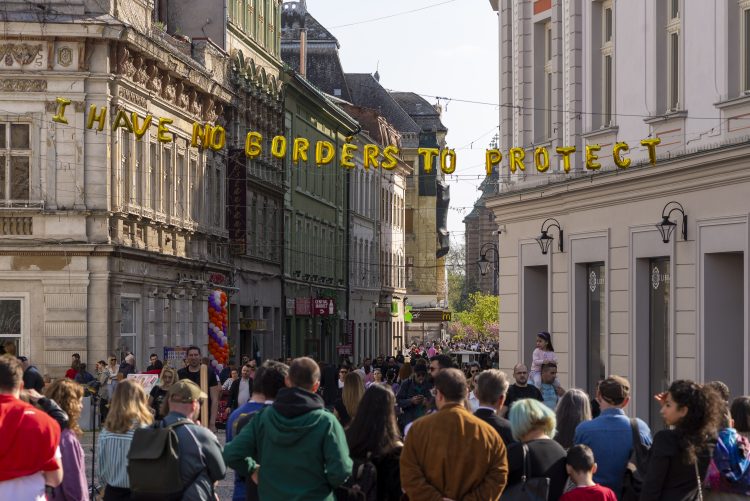
Sead Kazanxhiu: I Have No Borders to Protect, 2023 – Photo @Alex Todirica
“Being Roma Is My Strength” was expressed explicitly by artist Ionela Mihaela Cîmpeanu during the very moving experience of a guided walking tour in April 2023 over the final weekend of the exhibition, Chronic Desire – Sete Cronică, which I co-curated as the inaugurating event of Timișoara 2023 European Capital of Culture. Embarking on my role as one of the three curators responsible for the programme of the Year of Timișoara as a Capital of European Culture, one of my focuses was to harness the transformative power of contemporary art and culture in reclaiming space for Roma culture within the Romanian and European cultural landscape. This endeavour seeks not only to redress historical inequities, but also to ignite a profound and substantive dialogue that centres Roma narratives and enriches the broader cultural conversation.
The Year of Timișoara as a Capital of European Culture holds a unique and profound significance, as it marks a juncture where cultural heritage, creativity, and dialogue converge. The role of a curator in this endeavour goes beyond mere exhibition arrangement: it is a commitment to weaving together narratives that illuminate the complex tapestry of cultures within Europe, celebrating their diversity, while acknowledging their historic struggles. Within this context, the Roma culture emerges as a key focus—a narrative that has long been marginalised, misconstrued, and overlooked.
I was fortunate to partner for this mission with ERIAC, whose work I had been following since its foundation, an institution which grounds their activity in presenting Roma history and culture through arts and academic discourse. Together, these tactics of revolutionary cultural politics for a future museum that forms the contour of a cultural identity based on contemporary active presence at the highest international level, help imagine possible futures and new political forms, charting a path that centres minority voices within the European context.
Chronic Desire – Sete Cronică, the central group exhibition for the inauguration of Timișoara 2023 European Capital of Culture, opened on 17 February 2023, with 34 participating artists. Curated by Cosmina Goagea, Brîndușa Tudor and myself, it encompassed an exhibition across four venues, with 22 new commissions – five commissioned works in public space, and a rich mediation programme organised by Contrasens Association.
Chronic Desire – Sete Cronică was a proposal for vocabularies of looking, feeling, and writing, which can be useful instruments for reading the brutal present, combining art practices that address the current critical political and ecological moment.The title, Chronic Desire – Sete Cronică, pointed on the one hand to a recurring, persistent state of chronicity, and on the other hand to the double meaning of the Romanian word “sete”, which means both thirst and desire.
The exhibition followed three threads: Commons – Landings – History and Subjecthood. These threads meandered through different venues around the city of Timișoara and their legacies of military and industrial heritage.
How do we generate new Commons in the name of revolutionary struggles across race, class, gender, ability, age and sexuality? Landings is devoted to crossover readings of land histories, geological agency, and rurality. History and Subjecthood grapples with current toxic climates, from political to environmental landscapes, condensed in the most liminal sense, the one of thirst – sete.
The RomaMoMA portion of the exhibition presented seven works by artists Ionela Mihaela Cîmpeanu and Sead Kazanxhiu, all situated at the former Military Garrison, the oldest building in the city, currently in the process of becoming the future Museum of the 1989 Revolution. The materiality and vernacular architecture became a meaningful site for Sead Kazanxhiu’s work, The Nests, indicating the necessity of marking the historical presence of Roma culture within present-day Romania, and the obligation to protect the language and culture. The second of Kazanxhiu’s works placed on the pedestrian path – “I don’t have borders to protect” – addresses the specificity of Romani language, which does not have a word for “borders”, very much telling of the Romani culture, which does not start conflicts based on territoriality – an important point when we must talk about decolonisation within Europe, the landscape and resource extraction. This is again the strength of Romani heritage for European culture, to paraphrase Ionela Mihaela Cîmpeanu.
A significant aspect of the enduring discrimination of Romani people is the institutionalized oblivion around Romani suffering caused by the history of slavery, genocide, the Holocaust, and forced assimilation. With Ionela Mihaela Cîmpeanu’s sculptures, we move through space and history, in an emancipatory knowledge experience. This intensity of material and visuals creates a perceptive and emotional narrative that centres Romani subjectivity, transforming perspectives through an artistic practice, a responsive experience.Author Arundhati Roy writes, “Another world is not only possible: she is on her way. On a quiet day, I can hear her breathing”.[1] As art workers, curators, and artists of dissonant legacy, we share the same kind of urgency and fundamental belief in exhibition-making and the museum format that develop longer commitments, and a framework to enhance an emphasis on institutional responsibilities and discourse.
The exhibition aimed to create an alliance of solidarity by proposing a fluid trail through the space, from Ionela Mihaela Cîmpeanu’s sculptures to Shilpa Gupta’s sound installation, Breathing Air, gathering five songs of protests from India, Pakistan, Sápmi, Italy, and Bangladesh, unveiling the physical, conceptual, and collective fluidity of Indigenous and minority knowledge as a living, breathing unit personified from the art to story to song.
It is essential to ponder how this state of trans-anthropological representation and its intersection with contemporary art is a cradle for communicating in interactions through artistic paths and interdisciplinary explorations. Sharing vulnerability allows for shifts toward a grammar of non-violence, much needed within the European spectrum.
The history of the Roma community in Romania is a testament to the enduring struggle against colonisation and its pervasive impacts. As the world grapples with the urgent call for decolonisation, the Roma community stands as a poignant example of the intersections between historical injustice, cultural erasure, and the urgent need for equity and justice. Decolonisation, in the context of the Roma community in Romania, becomes a powerful framework through which to confront the legacy of oppression, restore cultural pride, and forge a path towards a more inclusive and just society.
The Roma people have a long history in Europe that predates modern nation-states. Despite this historical presence, their experiences have been marked by marginalisation, discrimination, and neglect. Romania, like many other European countries, has perpetuated systemic biases against the Roma community for centuries, leading to an ongoing cycle of inequality and exclusion.
Decolonisation, at its core, involves unearthing suppressed histories. For the Roma community in Romania, this entails confronting the systemic erasure of their narratives from mainstream consciousness. The colonial undertones of their experiences, stemming from both historical subjugation and present-day prejudices, have left deep scars on the collective memory. Decolonisation requires acknowledging these stories—of slavery, forced assimilation, and cultural appropriation—and centring them in our understanding of Romanian history.
Addressing colonialism in relation to Eastern Europe, Timea Junghaus, the curator and executive director of the European Roma Institute for Arts and Culture (ERIAC), astutely brings attention to a different perspective—one that lies much closer to home. While Europeans tend to direct their gaze outward when reflecting on colonial endeavours, Junghaus urges a recognition of the enduring existence of an “inner colonised minority” within Europe itself, a presence that has persisted since the 14th century. This minority is none other than the Romani people, Europe’s largest and oldest ethnic minority, with a population exceeding twelve million individuals. Remarkably, they have maintained their cultural identity despite resisting both the nation-state concept and the daily acts of “othering” that subject them to racialization.
Furthermore, land rights and housing issues underscore the broader struggle for decolonisation within the Roma community. The lack of secure housing rights reflects historical dispossession and echoes the legacies of colonial land grabs. Decolonisation necessitates addressing these disparities, ensuring that Roma communities have access to safe and dignified housing, as addressed in Sead Kazanxhiu’s installation ‘’SHTEPIZEZA”/”Home sweet home”.
It is important to recognise that the fight for decolonisation within the Roma community intersects with broader social justice movements. It aligns with the call for racial equity, economic justice, and cultural preservation. The Roma community’s pursuit of decolonisation is not isolated; it is a part of a larger global struggle for liberation from oppressive systems.Decolonisation within the Roma community in Romania is not a linear journey. It requires ongoing dialogue, collaboration, and allyship. Non-Roma individuals and institutions have a role to play in this process by actively listening to Roma voices, amplifying their stories, and advocating for systemic change. The Roma community’s leadership in this endeavour is paramount, and decolonisation efforts should be guided by their experiences, aspirations, and demands.
Central to the curatorial intention is the idea of reclaiming space. This notion extends beyond physical spaces to encompass the broader realms of social, cultural, and historical contexts. Roma culture, while deeply embedded within the tapestry of Europe, has often been relegated to the periphery of mainstream discourse. The process of reclaiming space necessitates a nuanced understanding of the complexities surrounding cultural reparation. It involves recognising the historical injustices, the silenced stories, and the myriad forms of cultural appropriation that have perpetuated the marginalisation of Roma culture. Through the vehicle of contemporary art, curators have an opportunity to heal these wounds, fostering an environment where Roma narratives can be told on their own terms.
In this endeavour, “repair” takes on a dual significance. On one hand, it is about the repair of the historical damage inflicted on the Roma community—a conscious effort to acknowledge the trauma and to work towards healing through representation and recognition. On the other hand, it is about repairing the fabric of European culture itself—a culture that has been incomplete without the full participation and contribution of Roma voices. It is about mending the gaps, the silences, and the misunderstandings that have lingered for far too long.
Creating a substantiated conversation requires a commitment to rigorous research, ethical engagement, and a willingness to confront uncomfortable truths. Curators must tread carefully, recognising that the process of dialogue is as important as the end result. It involves engaging with diverse perspectives, acknowledging the complexity of Roma experiences, and acknowledging that the act of reclamation and empowerment is an ongoing journey.
The Year of Timișoara as a Capital of European Culture serves as a microcosm of the broader cultural landscape, encapsulating the challenges, opportunities, and complexities of representing marginalised narratives. As curators embark on the task of spotlighting Roma culture, they are redefining curatorial practice itself—a practice that is responsive, inclusive, and transformative. By centring Roma narratives, curators are not only shaping an exhibition, but also shaping history—a history that is dynamic, contested, and deeply intertwined with the struggles and aspirations of diverse communities.
In conclusion, the RomaMoMA contribution to the exhibition, Chronic Desire – Sete Cronică, through the works of Ionela Mihaela Cîmpeanu and Sead Kazanxhiu, undertakes a profound responsibility to reshape narratives, reclaim space and catalyse conversations. Through the prism of contemporary art and culture, the curators have the privilege of effecting reparative acts that acknowledge historical injustices and celebrate the strength of a culture that refuses to be silenced. The journey towards a substantiated conversation is a journey towards empathy, understanding, and collective healing.
[1] Roy, Arundhati: War Talk, Cambridge, MA: South End Press, 2003, p.75.

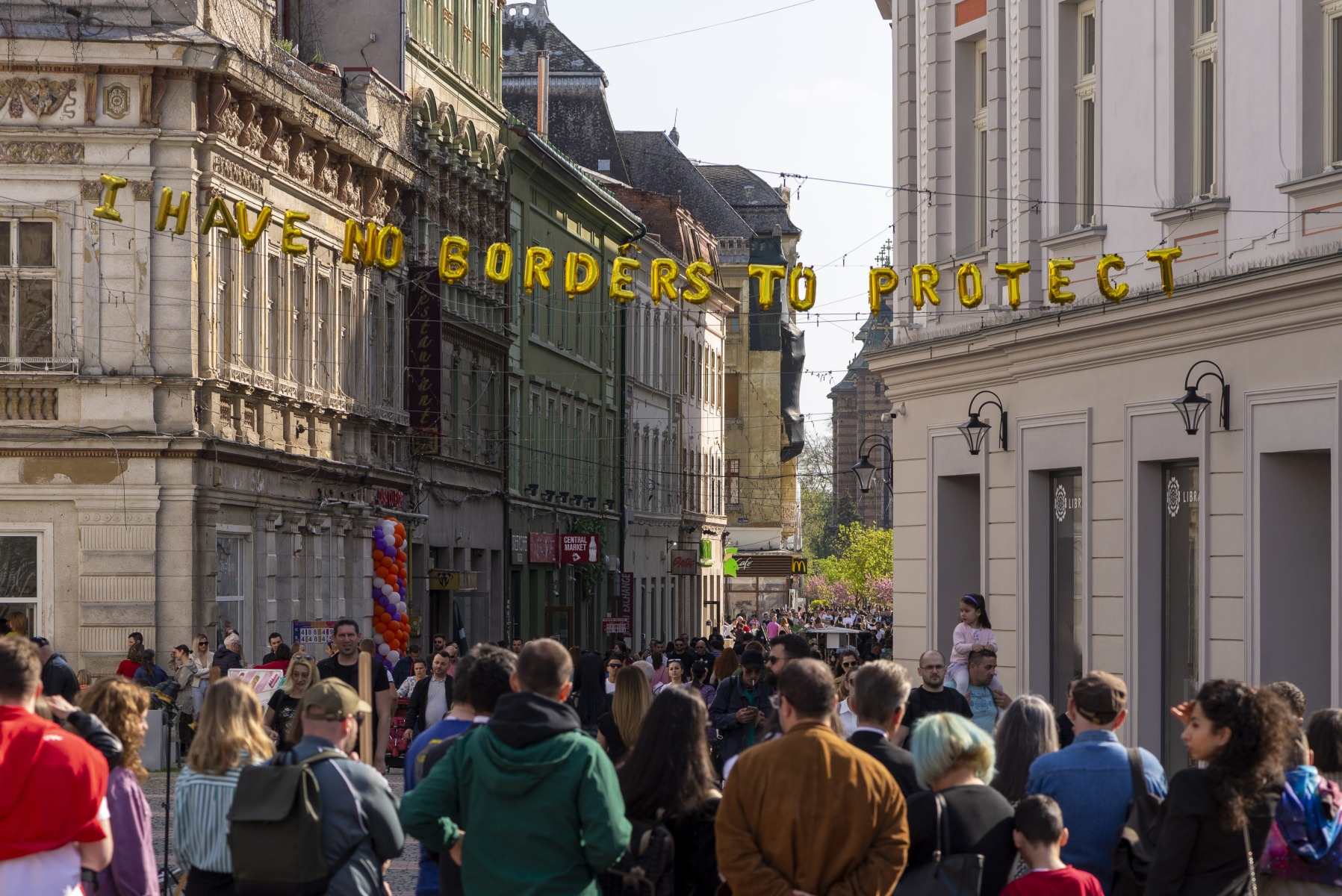
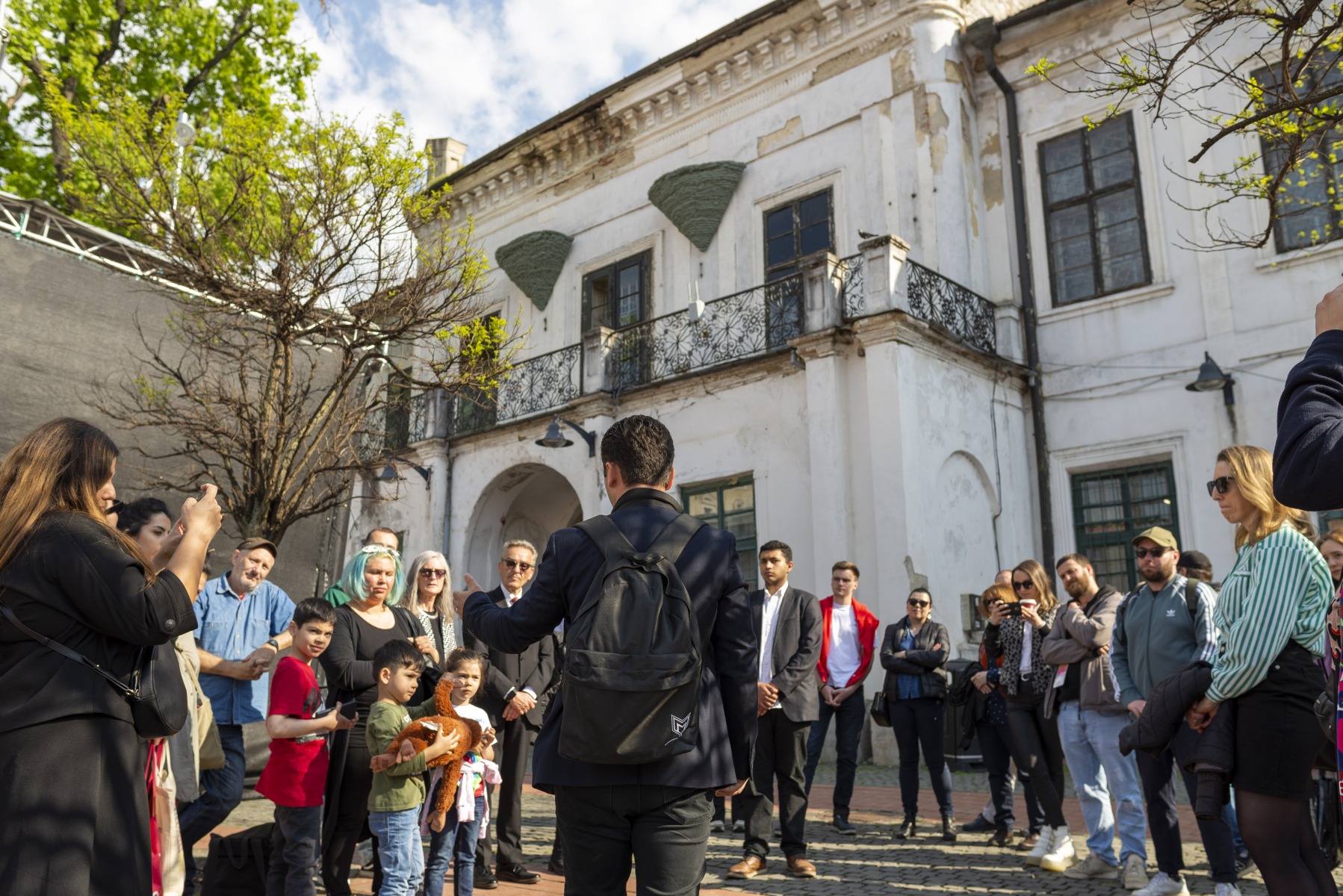
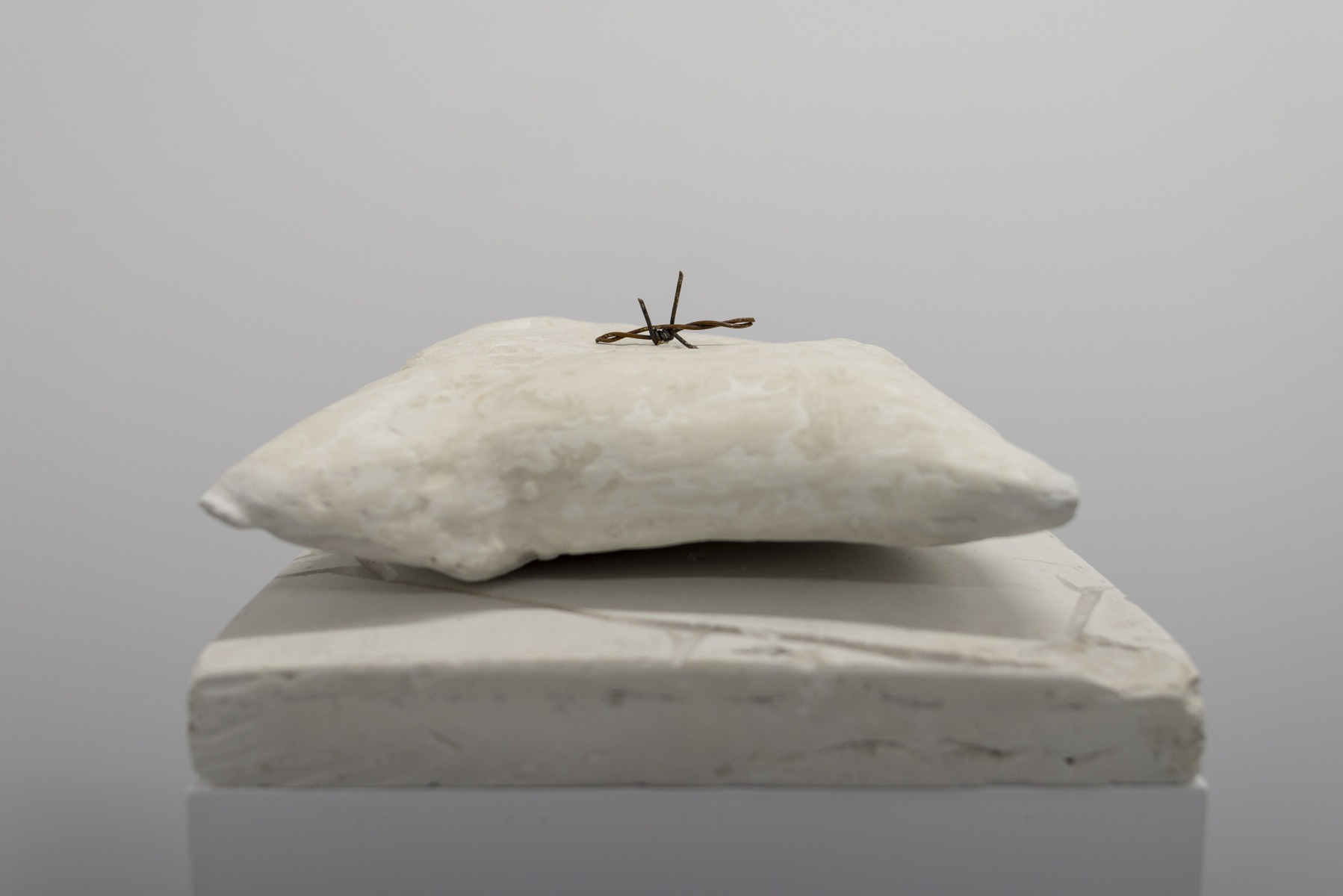
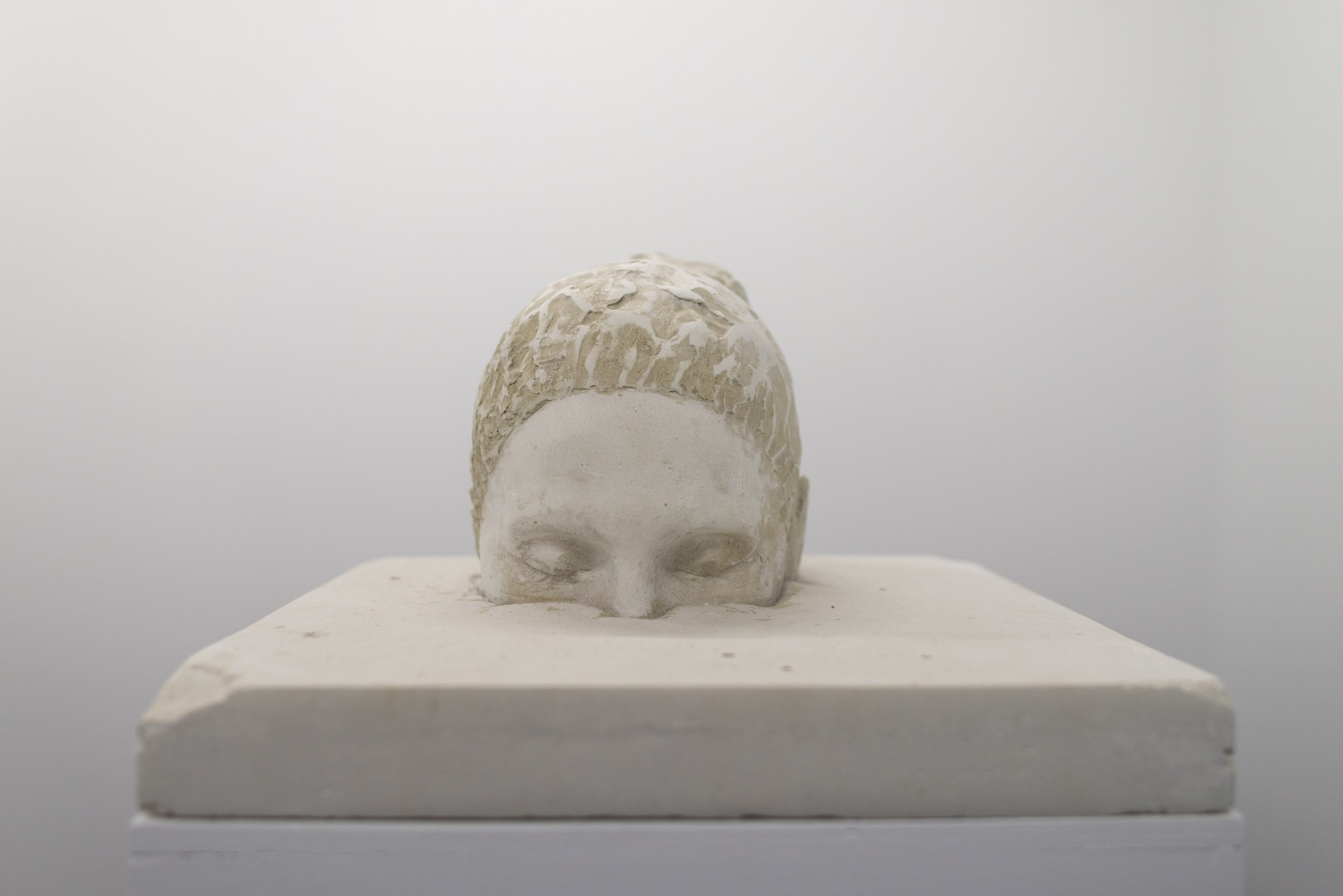
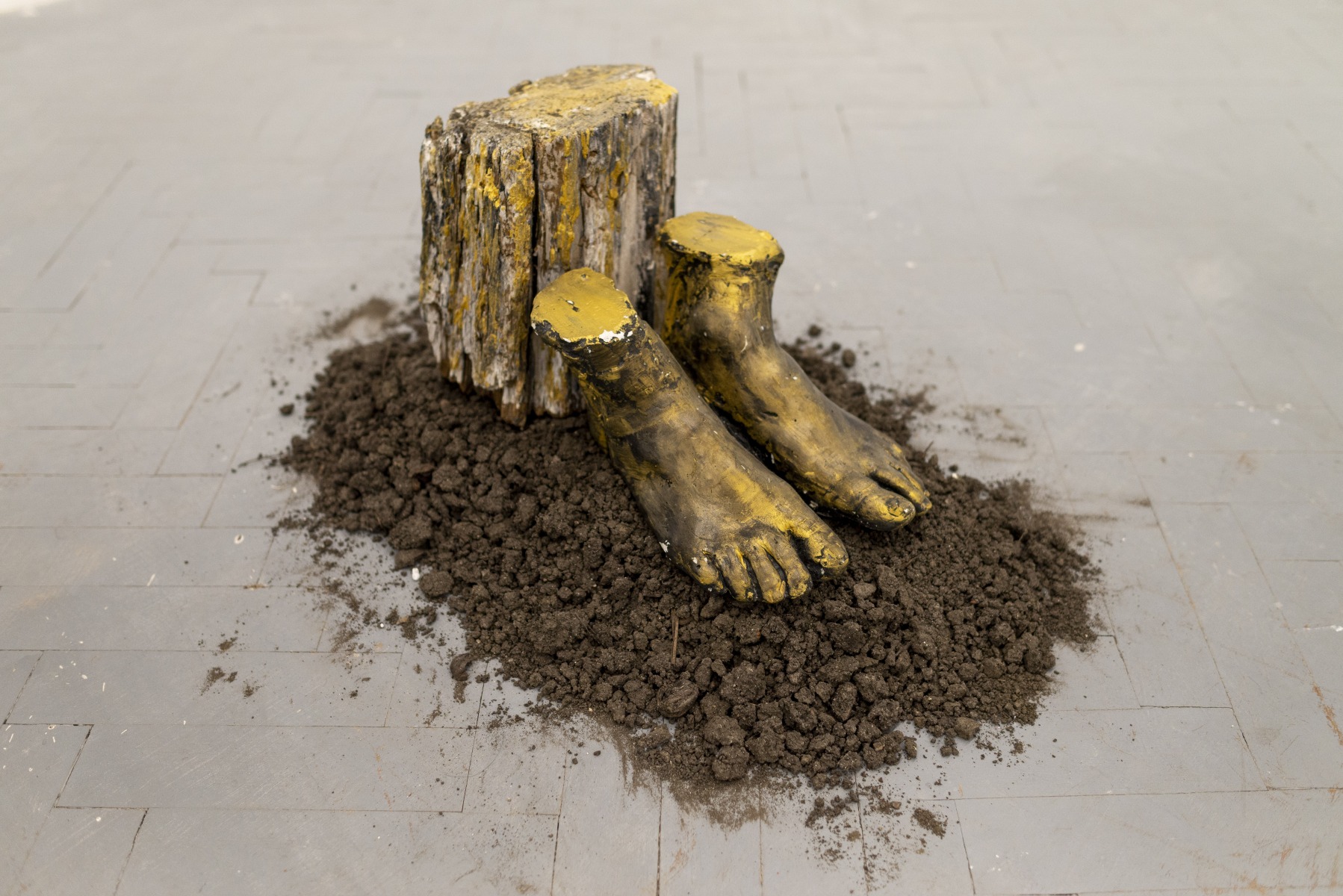

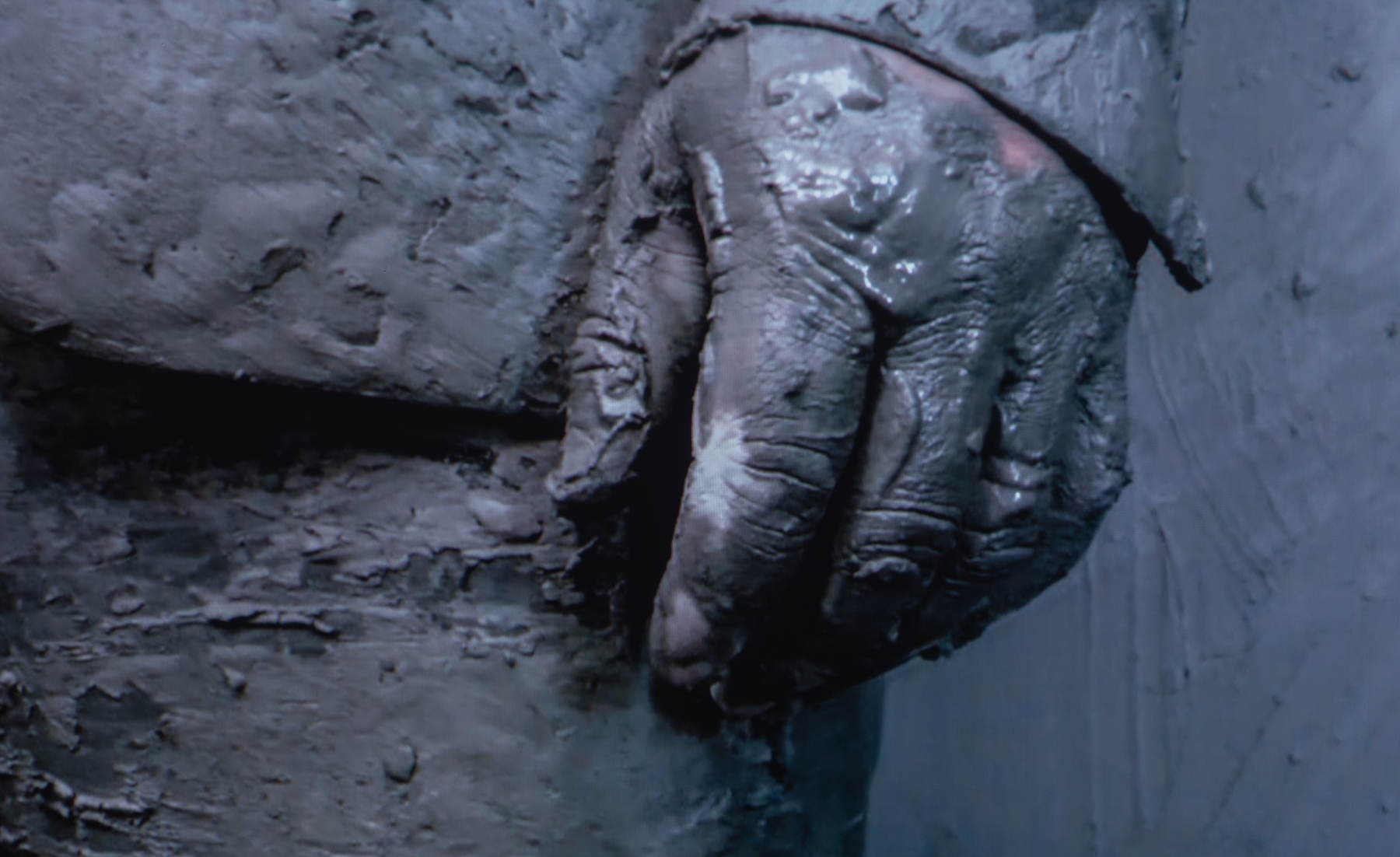

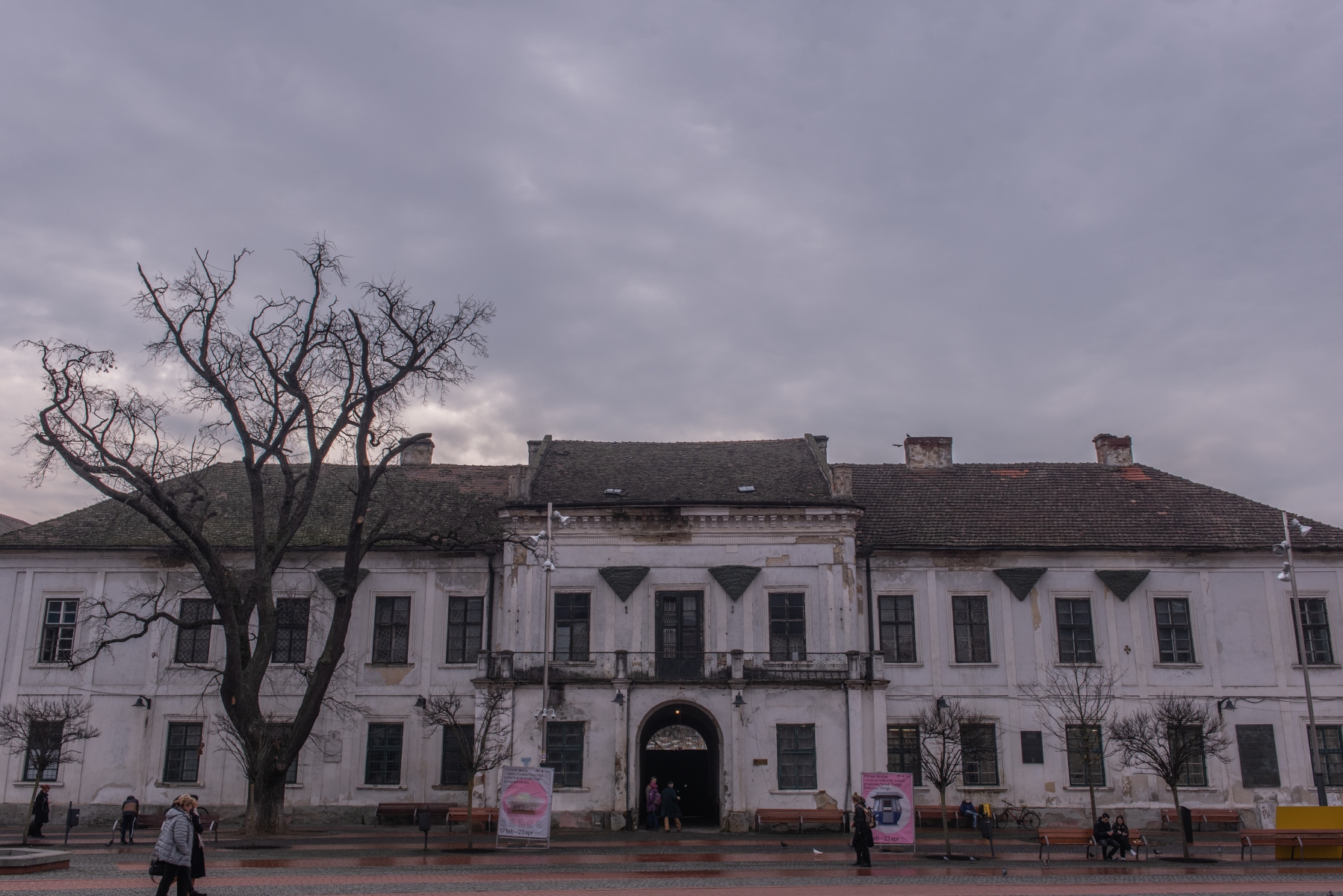
Leave a Reply